-
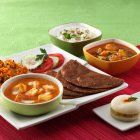 Fasting Does Not Mean Starving! Keep Your Energy Up with These 9 Delicious Navratri Recipes & Fasting Tips for Navratri (2019)
Fasting Does Not Mean Starving! Keep Your Energy Up with These 9 Delicious Navratri Recipes & Fasting Tips for Navratri (2019)
-
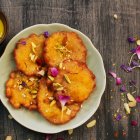 This Festive Season Try Your Hand at Homemade Sweets! Here are Hand Picked Indian Sweet Recipes for Celebrations in 2019
This Festive Season Try Your Hand at Homemade Sweets! Here are Hand Picked Indian Sweet Recipes for Celebrations in 2019
-
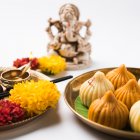 Looking for Delicious Ways to Celebrate Ganesh Chaturthi? Treat Your Family to 10 Yummy Ganesh Chaturthi Recipes (2019)
Looking for Delicious Ways to Celebrate Ganesh Chaturthi? Treat Your Family to 10 Yummy Ganesh Chaturthi Recipes (2019)
What is Prasad or Prasada
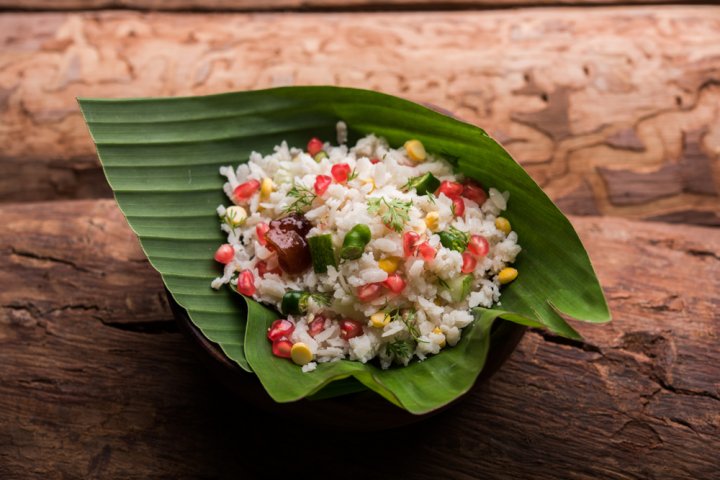
Religion and things related to religion are very close to people's hearts in India. After the praise and worship of the gods and goddesses, ofeering of fruits, sweets and flowers are made to pay respect to them. Making and distributing prasada is an important part of the closing ceremony after worshiping the gods.
It is said that the gods receive and then returns the offerings and people take it as their blessing. Prasad is auspicious because it has been touched by the gods. There are several things which are prepared for prasada. Here are some popular prasada recipes for you.
Significance of Prasada
Prasada is the holy gift from the gods, it is offered to them and then taken by the worshipers as blessings from the gods. The goodies offered to god is called Naivedyam and when it is taken back and distributed among the people, it is called Prasada. The actual meaning of prasada is joy, purity and peace and it usually something edible. When a person takes prasada it brings a sense of peace in his heart as it is taken as something special given to him from gods for their love, respect and devotion towards them. It is a process between a person and the deity, it is taken as a spiritual gift from god, therefore it has great significance in Indian culture.
7 Simple and Easy Prasad Recipes You Can Try
Atta Laddu for Prasad
Atta laddu is one of the most famous prasad made in India. It is easy to make and has high nutrition value. You can make these laddus in various ways.
Follow this easy recipe step by step to make Atta Laddu
Ingredients:- 1 cup whole wheat flour (roti ka atta)
- 1/2 cup ghee, clarified butter
- 1 cup sugar fine
- 1/3 cup roughly crushed almonds
- 1/3 cup finely cut cashews
- 1/4 teaspoon cardamom powder
Method:
- Take a wok and put atta in it, dry roast atta on low medium flame until you see it turning into light brown colour. It takes about 7 to 8 minutes to dry roast atta.
- Add in the almonds in atta and roast again for 3 to 4 minutes. Don't forget to stir it continuously to avoid burning of atta.
- Add ghee in the roasted atta and stir continuously till you smell the aroma.
- Turn the flame off and put the mixer in a separate bowl.
- Wait for 10 minutes till it cools down a bit and add sugar and cardamom powder, you can use powder sugar too. Mix it well.
- Take a palm full of the mixture in your hands and gently press them and make smooth small balls. You can make the balls as per your liking, usually they are about the size of a golf ball.
- Let the balls cool off and store them in an airtight container. They can be used for around 2 to 3 weeks.
- You can garnish the ladoos with dry fruits of your choice. Offer these ladoos as prasada.
Mawa Modak
Modak is Lord Ganpati's favourite sweet. The outer covering of Mawa Modak is make of sweetened khoya and it is stuffed with a mixture of figs and nuts.
Mawa Modak
Ingredients:- 250 grams Mawa or 1.5 cups grated Mawa (khoya or evaporated milk solids)
- ½ cup sugar or add as per taste
- ¼ teaspoon cardamom powder
- 1 teaspoon ghee/oil for greasing the Modak moulds
- 1 cup finely chopped nuts (optional)
Method:
- Start off with greasing the Modak moulds with butter or ghee.
- Grate Mawa/khoya in a bowl.
- Heat a pan and add 1.5 cups of grated Mawa.
- Stir it for about one minute, till you see Mawa melting in the pan.
- Add sugar and cook on low flame for one more minute, wait till the mixture starts to release fat and starts bubbling.
- Add in cardamom powder in Mawa. Stir again for 5 to 8 minutes or till you see it leave the edge of the pan. Avoid over cooking the Mawa.
- Remove the pan from heat and transfer the mix on to a plate and let it cool.
- Put little oil on your palm and knead the dough while it is lukewarm and make small balls from it.
- Place each ball in the mould, you can put in some dry fruits in the centre before putting it in the mould. If you don't have a Modak mould you can shape it with the help of your hands.
- Once the Mawa mixture takes the shape of the Modak take it out of the mould.
- Repeat the process till all the balls have been placed in the mould and have taken the perfect shape.
- Once done put the Modak on a greased plate and offer them to Lord Ganesha.
Besan Prasad Recipe
Besan Prasad is not very common but it is an easy recipe and is fairly easy to make. The texture of this Prasada is a smooth and thick gravy and is usually made during winters.
Besan Prasad
Ingredients:- 1 Cup gram flour (Besan)
- 1 cup ghee (do not substitute with any other fat this gives the best flavour)
- 1 cup sugar 800 ml water
Method:
- Take a wok and put it on low flame.
- Take another pan and mix water with sugar and cook till the water starts to boil and the sugar dissolves completely.
- In your heated wok put in ghee and add gram flour in it.
- Keep the flame on low and stir the mixture continuously till it turns golden and gives an aroma.
- Once the mixture is done add in the sugar syrup slowly and stir. Be careful while you add sugar as it splutters during the mixing.
- Cook on low flame from 8 to 10 minutes or till water evaporates. Wait till the mixture leaves the side of the wok.
- Transfer it in a bowl, garnish it with almonds and raisins. Offer it to god with love
Karah Prashad
Karah Prasada is mainly given as Prasada in the gurudwaras all over India. It is made of whole wheat flour, ghee (clarified butter) and sugar.
Karah Prasad
Ingredients:- 1 cup whole wheat flour (gehu ka atta)
- 1 cup clarified butter (ghee)
- 1 cup sugar
- 2 cardamoms (crushed)
- 3 cups water
Method:
- Heat a wok add water and sugar and boil it till the sugar dissolves.
- Take another pan and heat ghee on low flame.
- Once heated add flour and roast it till it turns brown and emits a sweet aroma. Make sure to stir it continuously to avoid burning the flour.
- Add in cardamom powder in the flour and cook for another 2 minutes.
- Add sugar syrup in flour and stir continuously to avoid any lump formation.
- Cook it till the mixture thickens and turns into a pudding.
- Transfer it in a bowl and garnish it with chopped dry fruits of your choice.
Panchamrit or Charnamrut
No puja of festival in complete without preparing Charnamrut. It is a divine concoction which is usually made with five holy ingredients meaning five divine things. It is sweet in taste and loaded with dry fruits which gives it a crunchy taste.
Charnamrut
Ingredients:- 1/2 litre Raw Cow's milk 200 g Cow's Milk Curd
- 4 tsp Honey
- 2 tsp Sugar
- 1 tsp Cow's Milk Ghee
- 10-12 Phool makhana cut into small pieces
- 1 tsp Chironji
- 10-12 Tulsi leaves
- 1 tsp Ganga Jal
- 1 tbsp Almonds Chopped
- 1 tbsp Cashew Nuts Chopped
- 1 tbsp Dry Coconut Grated
- 1 tbsp Raisins Chopped
Method:
- Making Charnamrut is very easy and is liked by all. Just add all the ingredients together, mix well and put in the refrigerate till you serve. It is important to use cow milk and yogurt made of cow's milk only while preparing Charnamrut.
Panjiri
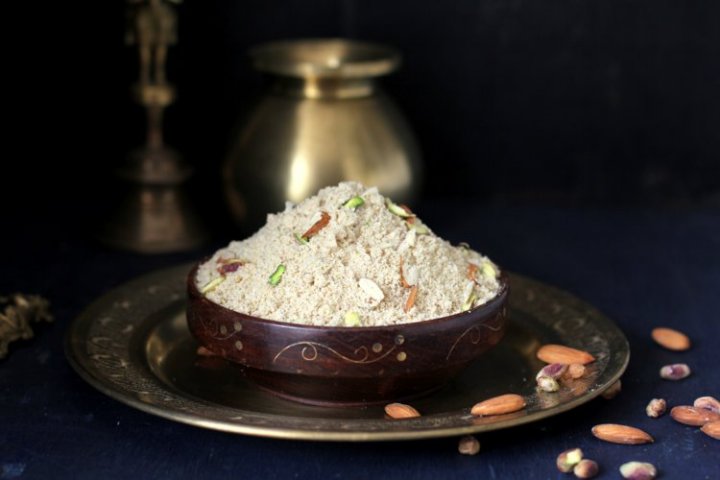
Panjiri is a famous dish mainly from Punjab. It is made with various styles but the most popular one for Prasada is the atta Panjiri. It has great nutritional value and it is laden with dry fruits and desi ghee. It is considered to be a food taken during fasts and is offered to Gods during Janmashtami and Satyanarayana Pooja.
Panjiri
Ingredients:- Whole wheat flour 1 1/2 cups (aata/godhuma pindi)
- Chickpea flour 3/4 cup (besan/senaga pindi)
- Semolina 1/2 cup (sooji/upma rava)
- Grated dried coconut 1/3 cup (copra/endu kobbari)
- Edible gum 3 heaped tbsp (gond)
- White poppy seeds 1 tbsp (poppy seeds/gasagasalu)
- Almonds 1/3 cup (unsalted)
- Pistachios 1/3 cup (unsalted)
- Powdered sugar 1 1/2 to 2 cups (start with 1 cup and add more as required)
- Fennel seeds powder 1 tsp (saunf/sompu)
- Dry ginger powder 3/4 tsp (sonth/sonti)
- Cardamom powder 1 tsp (elachi/elakkaya)
- Ghee 1/2 cup
Method:
- Take a pan, put in on low flame and add 2 tbsp ghee in it.
- Once the ghee is hot enough add gond/edible gum and sauté it till it changes colour.
- Strain it and put it aside on a plate.
- Add dry fruits like almonds, pistachios etc in the same ghee and sauté for a couple of minutes strain it. Keep it aside in a bowl
- Take another pan, put khus khus and sauté it for 4 more minutes in low to medium flame add grated dried coconut with it and cook for 2 to 3 minutes. Remove the mixture and keep it aside.
- Put a tbsp ghee in the same pan and put semolina, sauté it for 10 minutes on low flame, cook it till it turns pink. Remove it from heat and put it on a plate for it to cool down.
- Take the emptied pan, heat a tbsp of ghee, add Besan to it and sauté it for 10 minutes on low flame. Remove the Besan and add it with the semolina on the plate.
- Use the same pan and put in the remaining ghee, add whole wheat flour and sauté on low flame, don't forget to stir it continuously to avoid burning. It should take about 20 min to bring the flour to change its colour to pink.
- Turn the flame off and add the wheat flour with the mixture of Besan and semolina.
- Roast all the dry fruits together, keep a few roasted almonds and pistachios for garnishing, grind the rest of the roasted dry fruits into a fine powder.
- Add the roasted nuts with the mixture of Besan, flour and semolina.
- Now, grind the roasted gond, khus khus and dried coconut into coarse powder, add ginger powder, saunf powder and cardamom powder to the completed mix and let it cool.
- Take the powdered sugar and mix well, cool it completely and keep it in air tight container.
- Before offering it after pooja, garnish it with roasted almonds and pistachios set aside.
Kheer
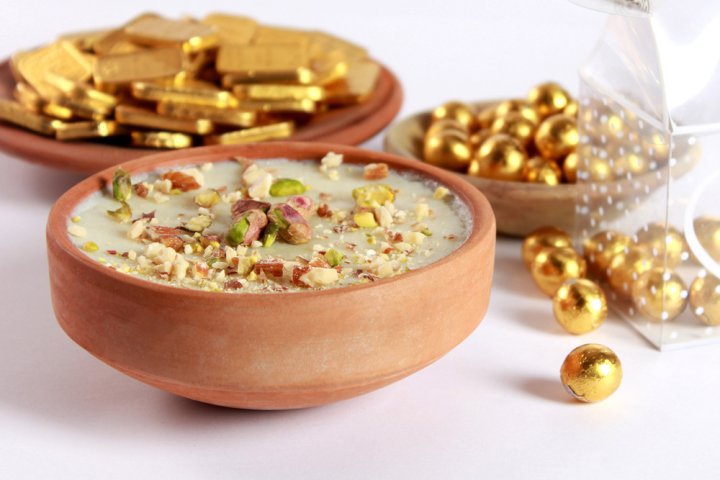
Kheer is an all time favourtie Prasada dish in India. It is made of rice and milk and is liked by every one. Usually it is served chilled put people like to have it hot and steaming as well.
Kheer
Ingredients:- 1 litre milk
- 1/2 packet vermicelli sev
- 1 cup sugar
- 1 teaspoon cardamom powder
- 1/4 teaspoon nutmeg powder
- Chopped dryfruit as needed
- 1 teaspoon ghee
- Water as needed
Method:
- Take a pan and heat it on low flame then put ghee in it.
- Add vermicelli in it and roast it till it turns nice and pink.
- As soon as it turns pink add 1/4 glass of water and bring it to a boil.
- Add boiled but cooled milk to the mixture and let it boil till it reduces a little.
- Put sugar and cardamom powder, don't forget to stir it continuosly.
- Add finely chopped dryfruits and remove it from the stove.
Things to Keep in Mind While Preparing Prasada
Preparing Prasad should not be taken lightly. It is food prepared to offer during pooja to the Lords therefore there are certain things one should keep in mind.
- Food for Gods needs to be purely vegetarian to emphasis the fact that no creature was harmed during making of Prasada.
- Cleanliness is important when you prepare Prasad. The place where the food is being prepared needs to be thoroughly cleaned and the pots and pans should be clean as well. Cleanliness depicts purity and a stable mindset.
- Prasada should not contain onion, garlic and mushroom. It is written in the Vedic scriptures that the mentioned foods create passionate elements in a human therefore they should not be used during the making of Prasada.
- It is preferred to use new vessels for making and distributing Prasada.
- The food should not be tasted by anyone before offering it to God.
Remember preparing a meal for the gods is an auspicious task and it is made to satisfy them. Make it with all your love and appreciation and you will be rewarded.
-
 Want to Pamper Your Taste-Buds this Pongal? Here are Mouth-Watering Pongal Recipes You can't Miss in 2019
Want to Pamper Your Taste-Buds this Pongal? Here are Mouth-Watering Pongal Recipes You can't Miss in 2019
-
 Fasting Does Not Mean Starving! Keep Your Energy Up with These 9 Delicious Navratri Recipes & Fasting Tips for Navratri (2019)
Fasting Does Not Mean Starving! Keep Your Energy Up with These 9 Delicious Navratri Recipes & Fasting Tips for Navratri (2019)
-
 This Festive Season Try Your Hand at Homemade Sweets! Here are Hand Picked Indian Sweet Recipes for Celebrations in 2019
This Festive Season Try Your Hand at Homemade Sweets! Here are Hand Picked Indian Sweet Recipes for Celebrations in 2019
-
 If You're Fasting for Navratri, Here are 6 Easy-to-Make Recipes for You (2019)!
If You're Fasting for Navratri, Here are 6 Easy-to-Make Recipes for You (2019)!
-
 Looking for Delicious Ways to Celebrate Ganesh Chaturthi? Treat Your Family to 10 Yummy Ganesh Chaturthi Recipes (2019)
Looking for Delicious Ways to Celebrate Ganesh Chaturthi? Treat Your Family to 10 Yummy Ganesh Chaturthi Recipes (2019)

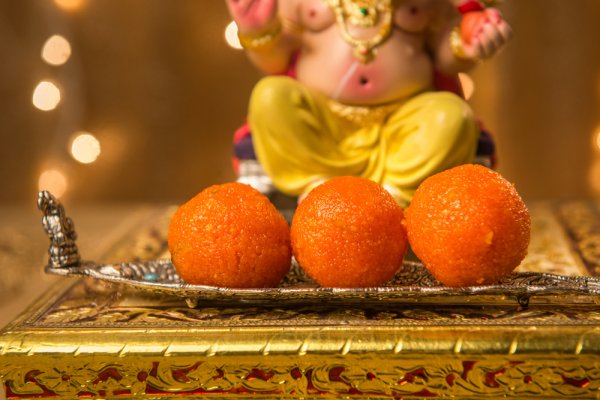
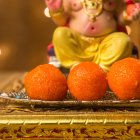
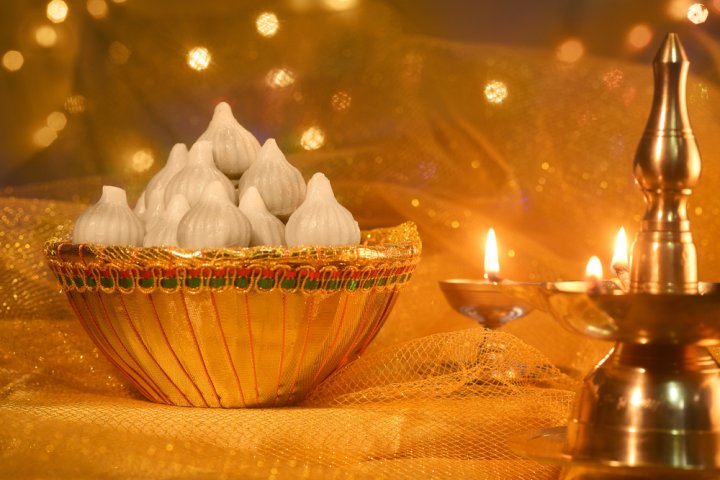
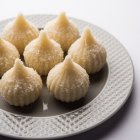
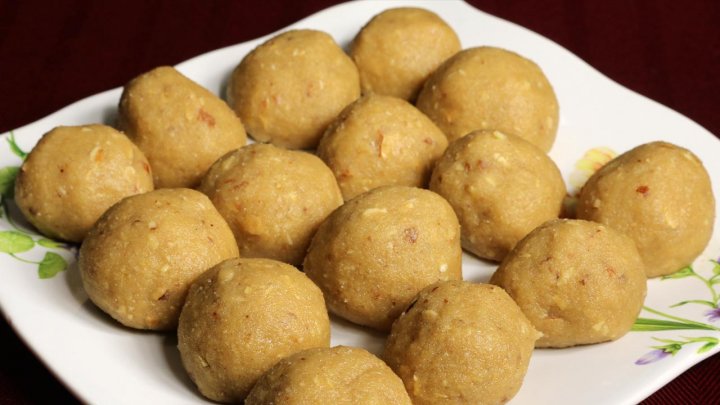
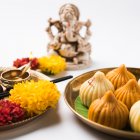
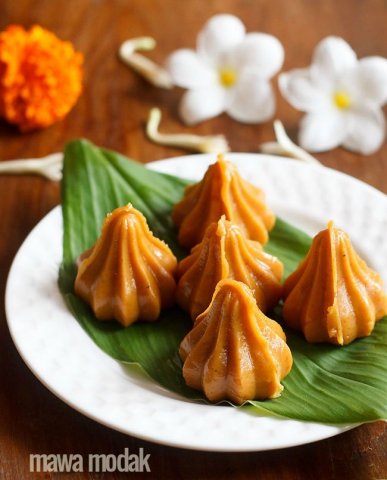

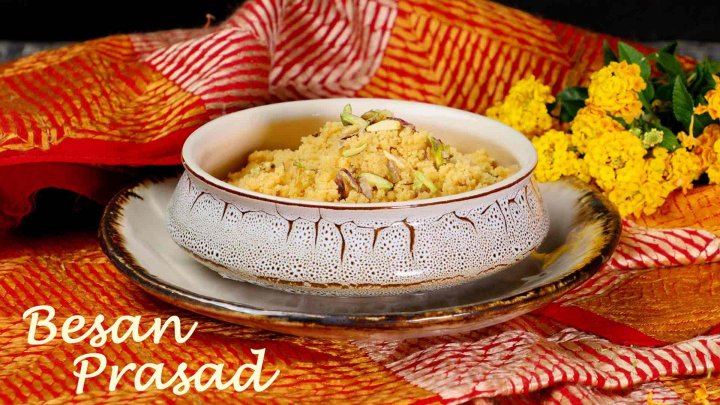

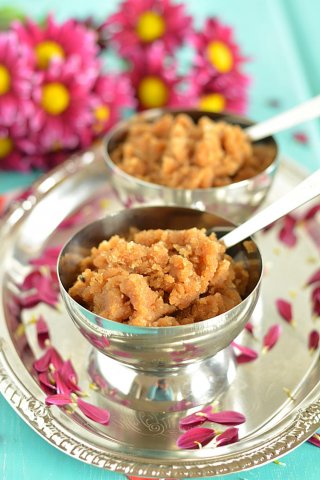
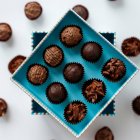
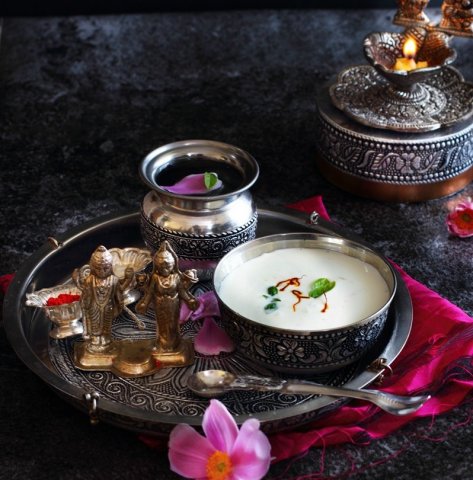

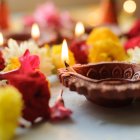
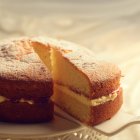
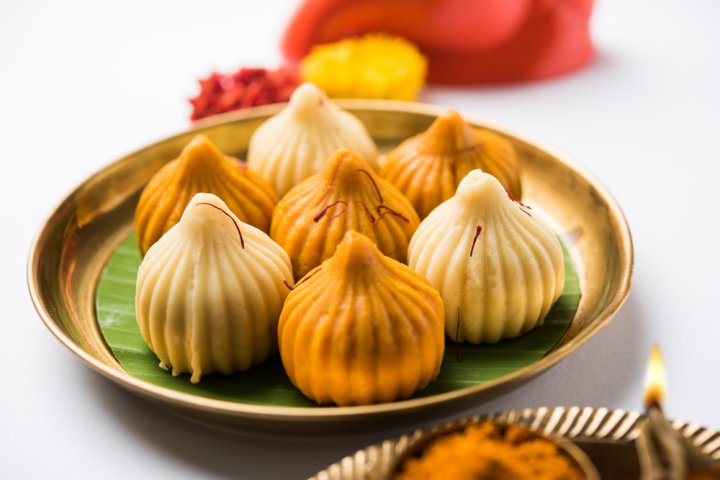
 Highlight the Best Facets of Your Incomparable Beauty: Discover the Best Face Highlighter Currently Available in India and Everything You Need to Know About Using Face Highlighters for Maximum Effect (2023)
Highlight the Best Facets of Your Incomparable Beauty: Discover the Best Face Highlighter Currently Available in India and Everything You Need to Know About Using Face Highlighters for Maximum Effect (2023)
 Forget the Blemishes and Get that Picture Perfect Flawless Radiance on Your Face: Check out the Best Foundations for Oily Skin Currently Available in India and Everything You Need to Know About Makeup Foundations (2023)
Forget the Blemishes and Get that Picture Perfect Flawless Radiance on Your Face: Check out the Best Foundations for Oily Skin Currently Available in India and Everything You Need to Know About Makeup Foundations (2023)
 Make Your Presence Felt Wherever You Go: Discover the Best Perfumes Under 2000 for Both Men and Women to Announce Your Arrival and Make Any Occasion Memorable (2023)
Make Your Presence Felt Wherever You Go: Discover the Best Perfumes Under 2000 for Both Men and Women to Announce Your Arrival and Make Any Occasion Memorable (2023)
 Protect Your Oily Skin from the Harmful Rays of the Sun: Discover the Best Gel Based Sunscreens for Oily Skin and Everything You Need to Know Before Buying One (2023)
Protect Your Oily Skin from the Harmful Rays of the Sun: Discover the Best Gel Based Sunscreens for Oily Skin and Everything You Need to Know Before Buying One (2023)
 Minor Blemishes and Wrinkles Affecting Your Confidence? Check out the Best BB Creams to Conceal Your Worries and Nourish Your Skin to Restore the Healthy, Radiant and Glowing Complexion Back Again (2023)
Minor Blemishes and Wrinkles Affecting Your Confidence? Check out the Best BB Creams to Conceal Your Worries and Nourish Your Skin to Restore the Healthy, Radiant and Glowing Complexion Back Again (2023)
